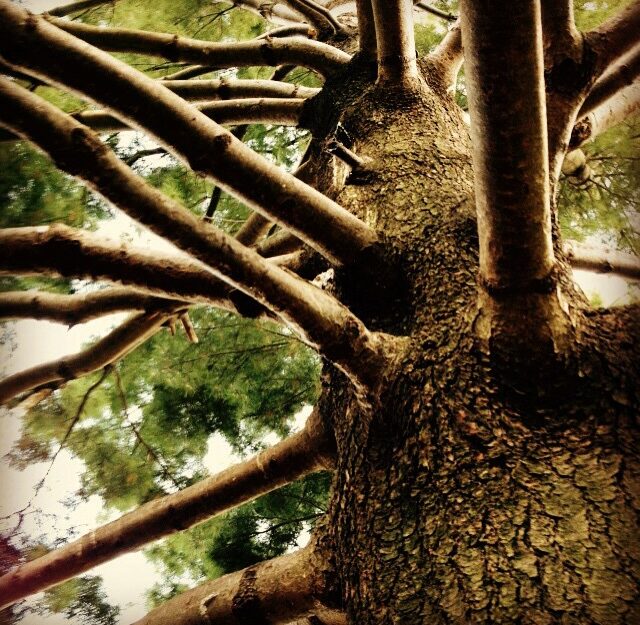A real day of conservation work

By: Rafa Contreras-Rangel

When I tell my friends that my line of work includes restoring the environment, they often tell me how they picture me traveling to various beautiful places that not many people know about, meeting a whole host of interesting people, and doing work that most ‘office people’ would be jealous of. Well… this is true, but that’s not the whole story.
I was hesitant to write this blog, since some of my friends will be reading it, and I often explain to them how I actually do get to go to the most beautiful places, meet the most interesting people in the world, and do the most interesting kind of work out there. I also explain how we do all this while still having time to save a few baby bears from drowning in a river and pilot helicopters on the prescribed fires that happen every other day. You know, the usual kind of work. Well, if you are my friend and you are reading this, now you know that I might exaggerate things a bit. Although we both know that my job is still cooler than yours.
The purpose of this blog is to give you a real glimpse at a normal day of a conservation worker. It’s no surprise that when talking to our jealous friends with desk jobs, we share the coolest experiences of our day, while at the same time making it seem like they were ten times better than they actually were. Don’t get me wrong, there really are times when the work we do is cool enough that even words don’t do it justice. But most of the time, what we’re really doing is hard work.
What do I mean by hard work? Well, we often don’t talk about this with people because it is not as interesting to talk about. In our line of work, hard work is “the means” to an end, or at least that is how I like to think about it. I will use a buckthorn removal project as an example. Buckthorn is an invasive tree that grows pretty big and often shades out the forest floor, not allowing native plants to grow. After finishing a buckthorn removal project I often share with my friends how I just “cut a whole bunch of huge trees down with a chainsaw”. That is the “end” part of the project that I always share. The “means” of the project, or what I am calling “hard work” in this blog, is what it took to take down those trees… I never share how my crew and I had to cut down hundreds of few inches wide little buckthorn to get to the one “huge tree” I talked about. I also skip the part when these trees don’t fall quite where you wanted to or get stuck in other trees, leaving us to figure out a way to get them down. I also decide to leave out the part where we have to “clean up” that huge tree once it’s been cut. A process where we have to cut it into smaller pieces, untangle them from itself and others trees we’ve cut, and then drag them all the way to a designated pile location. And all of this happens throughout the numerous hours we work, often in either thirty degree weather in the winter, or eighty degree weather in the summer.
Again, I was hesitant of writing this blog, not only because my friends will now know that I am not doing cool stuff 24/7, but because it might turn people away from wanting to do conservation work. But after thinking about it for a while, I decided to write it anyway. I believe that if someone is genuinely concerned about the environment and is committed to restoring it, then they will not have a problem doing the hard work that is required to really make a difference. If you are reading this blog, and you’re thinking of doing some conservation work, it doesn’t matter if it’s just a few hours of volunteer work or diving into it for a career, I strongly urge you to give it a try. While the process can sometime be pretty grueling work, the end result has always given me the biggest sense of accomplishment in my life.